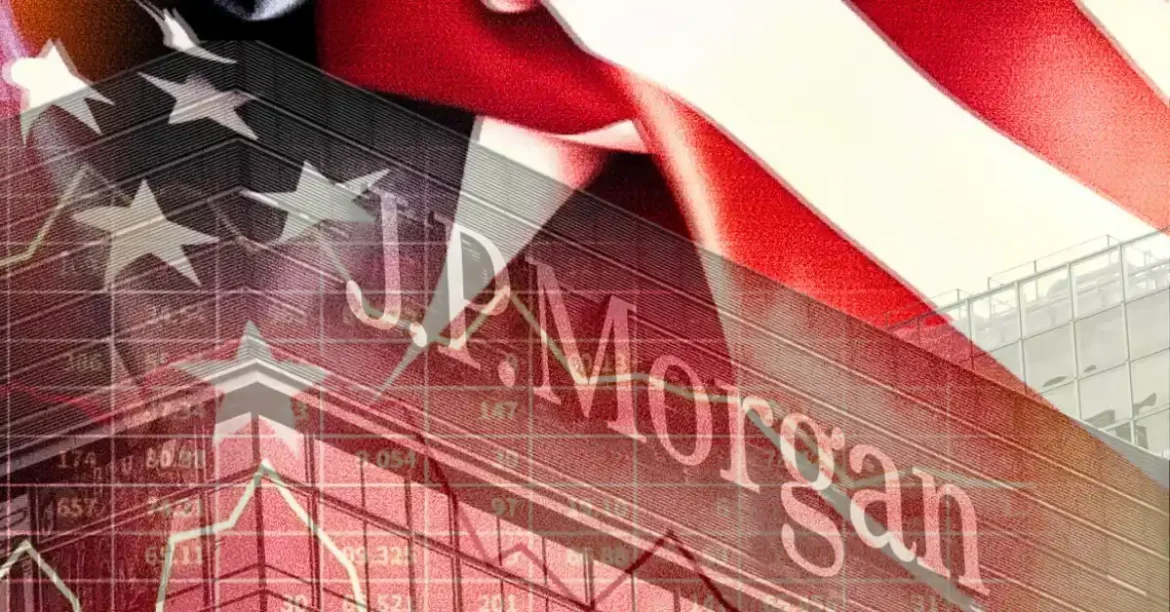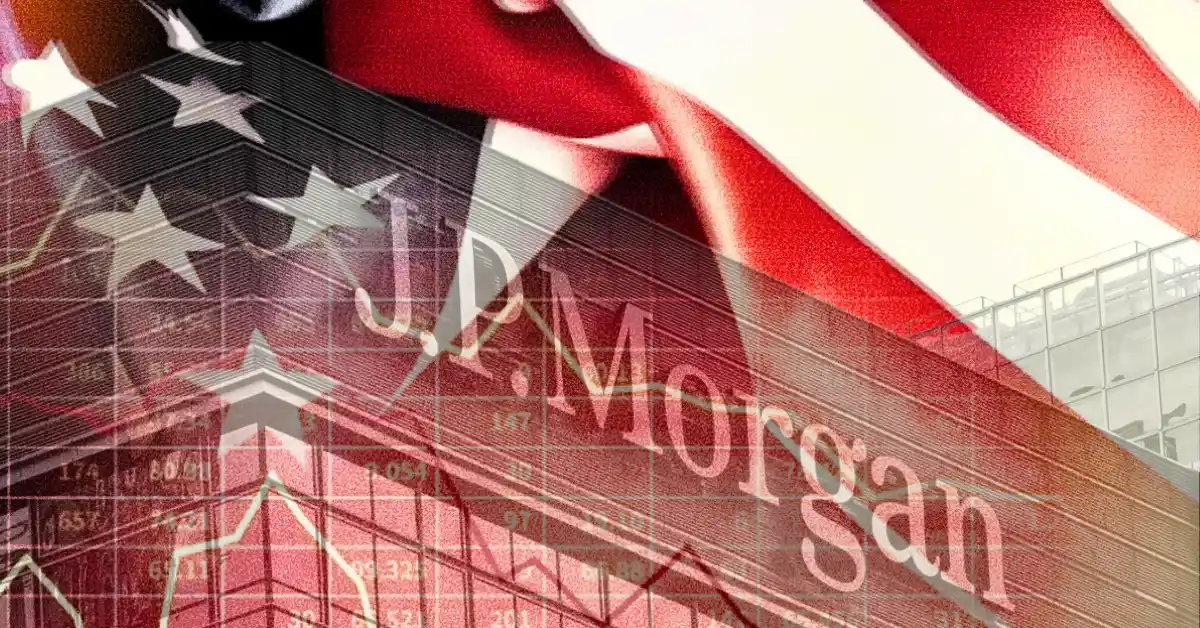The future of finance is increasingly intertwined with the rise of digital assets, and stablecoins stand at the forefront of this transformation. These cryptocurrencies, pegged to stable assets like the U.S. dollar, are designed to minimize volatility, making them attractive for payments, trading, and other financial applications. However, the trajectory of stablecoin adoption remains a subject of intense debate, with projections ranging from a modest $500 billion to an ambitious $2 trillion by 2028. This divergence in forecasts underscores the uncertainties and challenges that lie ahead for this burgeoning sector.
The Bullish Case: A $2 Trillion Revolution
Optimistic projections for the stablecoin market are fueled by several compelling factors. Proponents, including the U.S. Treasury and executives from BlackRock, anticipate that stablecoins could reach a market capitalization of $2 trillion by 2028. This bullish outlook is supported by several key trends:
The potential $2 trillion market represents a significant shift in the financial landscape. For context, a $2 trillion stablecoin market would surpass China’s current holdings of U.S. Treasuries, which stand at $784 billion. This shift highlights the potential for stablecoins to reshape global finance and reduce reliance on traditional banking systems.
The Bearish Counterpoint: A More Measured $500 Billion
JPMorgan Chase offers a more conservative perspective, predicting that the stablecoin market is more likely to reach $500 billion by 2028. This tempered view is based on several considerations:
While $500 billion is still a substantial figure, it represents a significantly less disruptive impact on the traditional financial system compared to the $2 trillion scenario. It suggests a more gradual and cautious integration of stablecoins into the broader economy.
Yield-Bearing Stablecoins: A Wild Card?
A fascinating development in the stablecoin space is the rise of yield-bearing stablecoins. These digital assets, often backed by U.S. Treasuries, offer holders an opportunity to earn interest on their holdings. JPMorgan analysts predict that yield-bearing stablecoins could grow from 6% to as much as 50% of the total stablecoin market cap within a year. This growth could significantly impact the dynamics of the stablecoin market, attracting more users and capital.
However, the growth of yield-bearing stablecoins also raises some concerns. The yields offered by these stablecoins could potentially threaten traditional banking by offering a more attractive alternative for savings and investments. Regulators are also likely to scrutinize these products closely to ensure they are compliant with securities laws and other financial regulations.
Banks Entering the Fray
Traditional financial institutions are not standing idly by as the stablecoin market evolves. Giants like JPMorgan, BofA, Citi, and Wells Fargo are reportedly exploring the creation of a joint stablecoin. JPMorgan has also filed a trademark for “JPMD,” potentially signaling the launch of its own stablecoin alternative. These moves suggest that banks recognize the potential of stablecoins and are seeking to play a significant role in this emerging market.
The entry of traditional banks into the stablecoin space could have several implications:
Conclusion: A Fork in the Road
The future of stablecoins remains uncertain, with credible arguments supporting both the bullish and bearish perspectives. Whether the market cap reaches $500 billion or $2 trillion by 2028 depends on several factors, including regulatory developments, technological innovation, and the evolving needs of businesses and consumers. What is clear, however, is that stablecoins are a force to be reckoned with. They have the potential to reshape the financial landscape in profound ways, and their trajectory over the next few years will be crucial in determining their ultimate impact.
The only certainty is that the great stablecoin stand-off has only just begun. As the market evolves, stakeholders will need to navigate regulatory challenges, technological advancements, and shifting consumer preferences to determine the true potential of stablecoins in the financial ecosystem.





